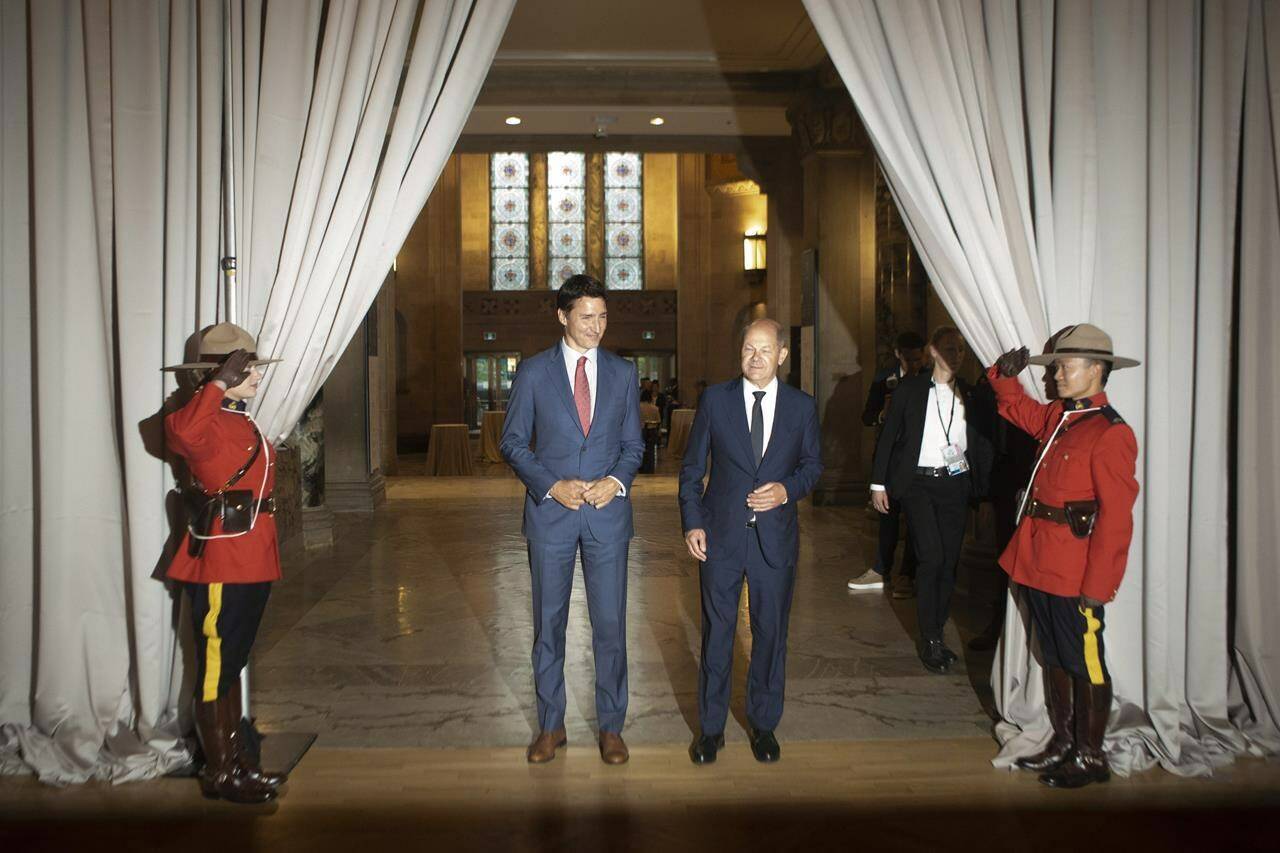As the world struggles to find the right balance between a carbon-free future and a present that still runs on fossil fuels, Canada could be leveraging its natural-gas riches to help fuel both, a new report suggests.
The report, to be released Monday by the Canadian Chamber of Commerce, urges the federal government to finally get serious about building the infrastructure necessary to fast-track the extraction and export of liquid natural gas.
The carbon-credits clause of the 2015 Paris climate accord could be a “key driver of growth” for the LNG sector if Canadian natural gas were to become a viable alternative for coal-fired power plants around the world, it suggests.
“This initiative could not only support natural gas exports but an array of services, technology, and materials exports,” writes Eric Miller, president of the D.C.-based Rideau Potomac Strategy Group and the report’s author.
“Canada should use the global carbon market framework to build a stronger Canadian natural gas sector and a cleaner world.”
In addition to several measures to develop and promote Canadian gas as a global low-carbon alternative, the report encourages Canada to retool its often convoluted regulatory processes and give Indigenous Peoples a greater stake in natural gas projects.
Canadian natural gas already has certain advantages beyond the fact that it’s plentiful and cleaner than coal, Miller suggests: it’s also produced under Canada’s carbon-price regime, an advantage that could create a market premium in coming years as demand for cleaner fuel sources with a smaller carbon footprint continues to rise.
It could well help power the switch from coal to gas around the world, Miller writes: converting just 20 per cent of Asia’s coal-fired power to gas would save the equivalent of an entire year’s worth of Canadian greenhouse gas emissions.
The challenges, the report acknowledges, are myriad.
First and foremost is Canada’s glaring lack of the necessary infrastructure — pipelines and export terminals, particularly on the east coast — to get its gas to international markets.
Since 2008, no fewer than 18 new LNG export terminals have been proposed, Miller writes, including 13 in B.C., three in Nova Scotia and two in Quebec. Only the LNG Canada facility in Kitimat, B.C., is anywhere near completion.
The report blames a “lack of decisiveness” on energy policy over the last 20 years for the country’s current inability to export its landlocked resources.
“Had Canada supported the construction of even a fraction of these terminals, it would have been at the centre of support for growing Asian and European markets that are in desperate need of LNG, and would be actively contributing to the displacement of coal.”
Miller cites last summer’s “missed opportunity” with Germany as an instructive example of Canada’s problem.
German Chancellor Olaf Scholz visited Prime Minister Justin Trudeau in August hoping to secure an agreement for liquified natural gas to ease its dependence on Russia, now a global pariah following the invasion of Ukraine.
But he left empty-handed. Months later, Germany signed a 15-year gas supply agreement with Qatar instead.
“This opportunity to supply Germany has now passed Canada by,” Miller writes. “Qatar, not Canada, will now get the economic and employment benefits of producing and shipping gas to Germany.”
A more robust LNG pipeline network would have the added advantage of being adaptable to the future use of hydrogen as a modern-day low-carbon alternative to fossil fuels, the report notes.
“Being able to piggyback on existing infrastructure would be an enormous advantage in hydrogen’s scaling process,” Miller writes.
“In addition to investing in hydrogen research, the government of Canada should move to understand what specifically would be involved in converting gas infrastructure to hydrogen and what the cost structure would look like.”
Indeed, Canada and Germany did manage to reach an export agreement for hydrogen during Scholz’s visit, which proposed to establish a transatlantic supply corridor that could be operating as early as 2025.
And during last month’s visit by European Commission President Ursula von der Leyen, Trudeau announced a new hydrogen deal with the EU that he vowed would “mobilize investment, support businesses, share expertise and get clean Canadian hydrogen to Europe.”
Von der Leyen called Canada a “prime potential partner for hydrogen” in Europe, such as through an already-announced, long-term deal with Germany.
A better understanding of how a natural gas pipeline network could be converted to hydrogen would help “clarify the long-term economics” of building such infrastructure, the report says.
James McCarten, The Canadian Press

